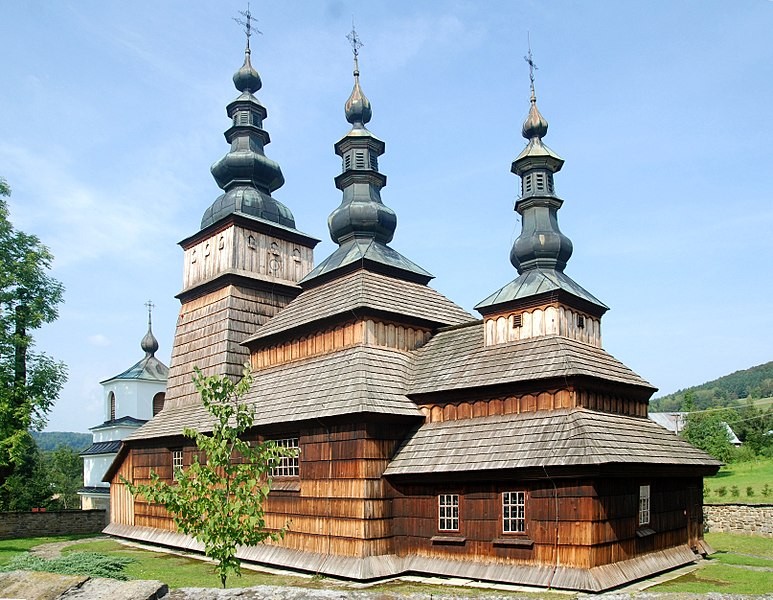Carolyn Guile, Colgate University
This paper discusses the historiography and current state of research on early modern wooden vernacular architectures of the historical Polish-Lithuanian Commonwealth, with an emphasis on religious architectures located in the south-eastern lands of contemporary Poland, and the south-western lands of contemporary Ukraine. It addresses the lacuna in the architectural history literature that largely has ignored a broad category of construction that proliferated in the early modern period; some examples were replaced at the turn of the twentieth century with masonry structures, and many others have not survived periods of war and violence in these territories. Nor has their pertinence to shared Poland-Ukraine histories and relations been adequately addressed. As historical structures worthy of being addressed, acts of destruction, neglect, and poor restoration have presented practical challenges to researchers, although repositories of important photographs, as well as documentation collected in the respective territories, do exist. There also has been a tendency in the scholarly architectural history literature to bypass these structures owing to their status as vernacular objects located across a region known for its political, ethnographic, and religious complexity that do not sit easily within the canonical frameworks typical of architectural scholarship on European forms. Earlier modern scholars who have addressed them, e.g. Kazimierz Mokłowski, have discussed examples in the context of the search for a “folk” style; the post-war period brought with it the well-known open-air museums, or skansens (e.g. Sanok), uprooting these buildings from their original locations for preservation reasons, and reassembled in relation to ethnographic narratives. The paper argues that these structures need to be considered anew, and regionally; as well as historically, and currently, during a time of extraordinary danger to cultural heritage in the region. It concludes with a discussion about new possibilities for preservation and study.
Carolyn Guile teaches European art and architecture of the 15th-18th centuries in the department of Art and Art History at Colgate University. She serves as Director of the Program in Medieval and Renaissance Studies, and Co-Director of the Center for Freedom and Western Civilization. Her research interests include East-Central European art and architecture with an emphasis on the current and historical territories of the Polish-Lithuanian Commonwealth, wooden vernacular architectures in the sub-Carpathian lands, the relationship between architecture and national identity, and the impact of conflict on cultural property and heritage in twentieth- and twenty-first century- Eastern Europe. I am also interested in the use of photogrammetry in heritage protection. Guile’s book, ‘Remarks on Architecture.’ The Vitruvian Tradition in Enlightenment Poland (Pennsylvania State University Press, 2015) analyzes, translates, and publishes for the first time a late eighteenth-century Polish treatise on architecture by the statesman and co-author of Poland’s 3 May 1791 Constitution, Ignacy Potocki. It discusses Potocki’s views on architecture’s potential to improve the nation while also serving as a platform for the critique of national and cultural traditions. Her current book project is focused on early modern architectures within the sub-Carpathian borderlands. Guile also serves as Executive Director of Red Arch Cultural Heritage Law & Policy Research, where she engages the problem of conflict as it affects cultural heritage and cultural property.
